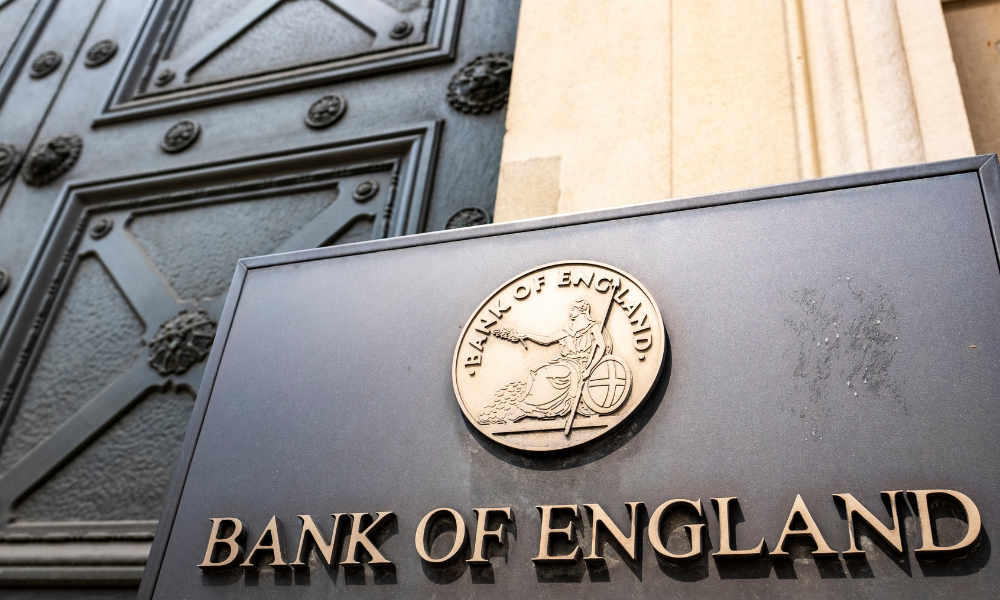The rollercoaster mortgage rate ride could be ready to give us a welcome dip

Six weeks is a long time in the current mortgage landscape, and late last October Bank of England policymaker Catherine Mann, known for her hawkish stance on monetary policy, was pretty clear that she was not for cutting rates. “Policy … needs to remain restrictive for longer to purge these [inflationary] behaviours,” she said.
But a Trump election, a Reeves budget, and better than expected inflation figures mean that she may be ready to change her stance – which is great news for borrowers. Speaking on Wednesday at a BNP event, she told delegates that she is prepared to make substantial interest rate cuts once inflationary pressures show clear signs of stabilising. "When I have evidence that there has been a removal or sufficient moderation of inflation persistence, then I will move at a bigger step," she said. Mann is an external member of the Bank’s Monetary Policy Committee (MPC). So far, she has consistently voted for either maintaining or increasing the base rate to combat inflation, often differing from her colleagues who are more inclined to slow down the rate increases.
Earlier this month, the MPC decided by an 8-1 vote to lower the base rate by 25 basis points to 4.75%. This marked a continuation of the recent trend toward easing borrowing costs after rates reached a 16-year high, though the pace remains cautious. Andrew Bailey, the Bank’s governor, emphasised the need for a "gradual approach" to rate reductions, given uncertainties about how the recent government budget will impact inflation. His perspective aligns with the central bank's latest projections, which indicate that recent fiscal policies, including significant government spending boosts, are likely to drive inflation higher in the short term.
Read more: Rising mortgage rates are 'the prime risk' to the housing market
The budget, introduced by Chancellor Rachel Reeves, proposed £70 billion in additional yearly government spending, along with £100 billion in public investment over the parliamentary term, largely financed through new borrowing. Businesses have raised concerns about higher operating costs, as the Chancellor's plan includes a 1.2 percentage point increase in employer national insurance contributions, bringing them to 15%.
Inflation, however, has shown signs of easing. The Office for National Statistics reported a decline to 1.7% in September, down from 2.2% in August—the lowest rate in over three years. Still, Mann expressed caution, speaking at a panel event in Paris, where she reiterated her vote to hold off on reducing rates in November due to concerns that inflation risks may remain embedded in the economy. "There is outside risk to inflation, already embedded potentially going forward … and in that environment it is important to hold for longer," she explained.
Earlier this year, Mann emphasised that elevated interest rates might be necessary over an extended period to counter persistent inflationary factors. Her position contrasts with some MPC members who want (like all of us) a quicker return to lower rates. Speaking at a conference in October, Mann highlighted structural issues such as elevated services inflation, warning that these factors could keep inflation above the Bank’s target even as broader economic activity remains sluggish.
Markets currently expect that the Bank will hold borrowing costs steady at its December meeting, reflecting a cautious outlook on rate changes. Additionally, Governor Bailey acknowledged that while inflation has fallen significantly from over 11% in 2022 to 2.2% in recent months, he prefers a gradual approach to cutting rates to ensure that inflation stabilises sustainably. “We still have to get it sustainably at the target,” Bailey remarked, adding that he is encouraged by the overall downward trend.
Bailey also warned against assuming a return to the ultra-low interest rates of the pandemic era, noting that the economic environment has shifted dramatically since then. "What caused interest rates to go that way... were two very big shocks to the economy,” he noted, referring to the 2008 financial crisis and the COVID-19 pandemic.
Looking forward, market predictions suggest that rates could decrease to around 4.5% by the end of 2024 and potentially dip further to 3.5% by late 2025 if inflation continues to ease, allowing for a steady reduction in borrowing costs. “Market expectations have already adjusted, with forecasts now suggesting two or three rate cuts in 2025, down from the earlier projections of four or five,” said Nick Mendes from John Charcol.



